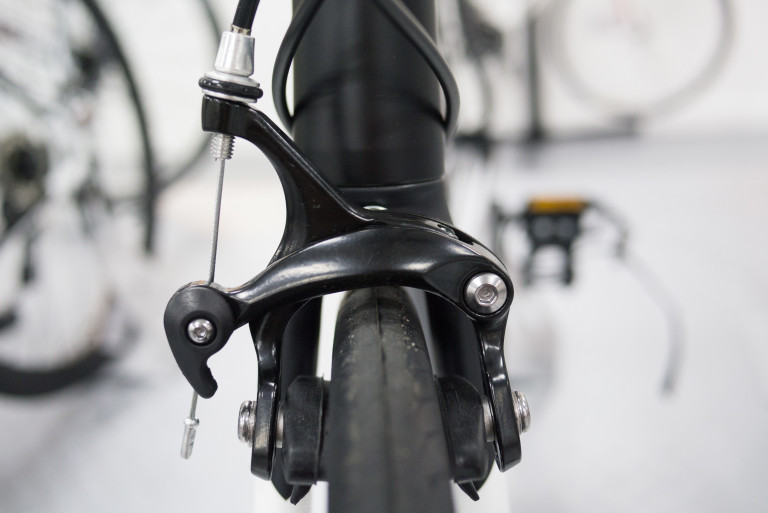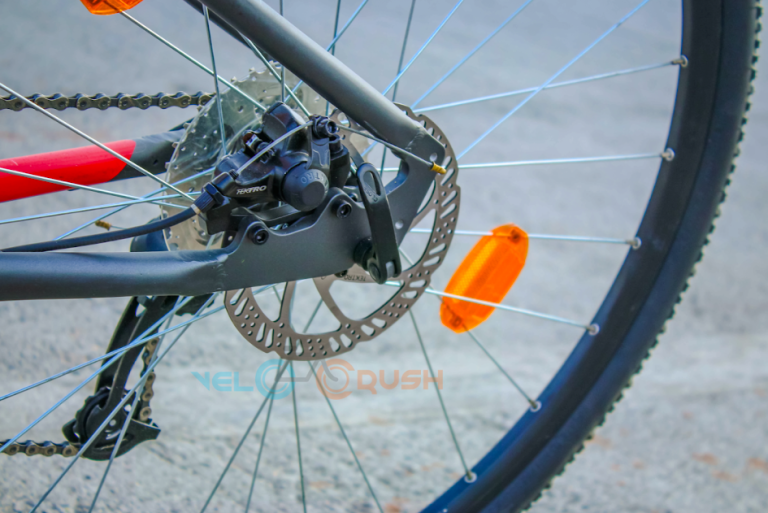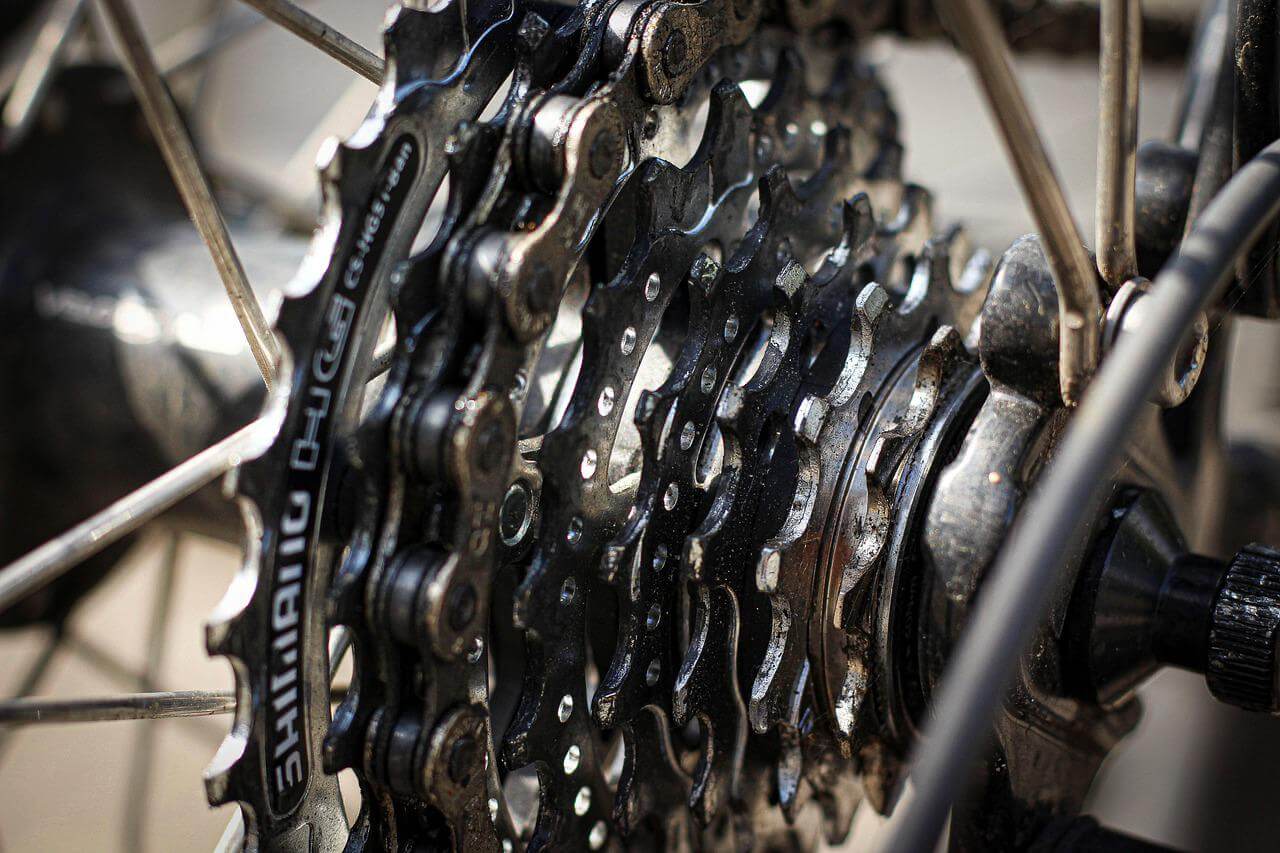But before we get into the debate of Disc brakes vs Rims brakes, let’s see how they actually work!
Rim Brakes:

Rim brakes, power brakes or V brakes are calliper brakes that work by pinching the bicycle rim between two blocks of brake pads.
These blocks create friction and help you slow the bike down.
Disc brakes:
Disc brakes have always been on motorbikes but with the advancement of technology, they have been modified and fitted onto bicycles. However, they were primarily hydraulic and aimed at the high-end mounting bikes in the market.

Today, these brakes have several models of the cable-actuated disc brake that have evolved over the years. As a result, you will find bikes with disc brakes as standards or as an optional upgrade. These disc brakes come with callipers that act upon a metal ‘rotor’ bolted onto the wheel hub, instead of the rim.
Let’s have a look at some of the important criteria of disc brakes vs rim brakes.
Weight:
Rim brakes require only levers, cables and lightweight Calipers. However, Hydraulic disc brakes, on the other hand, require cables, rotor discs, brake pads, hoses, reservoirs and fluid as well as levers and callipers.
With more parts, disc brakes are far more complicated and heavy as compared to rim brakes.
Maintenance:
Disc brakes come with extra components. As a result, they can be tricker to work with and maintain. Especially, the process of bleeding can be nerve-wracking.
Power:
Well, there’s no argument here. Hydraulic disc brakes provide more power while stopping. Also, they work significantly well in wet weather where rim brakes find it difficult to grip.
Disc brakes are a win here!
Cost:
With the number of components with the disc brake set up, it is bound to be pricier than rim brakes. So be prepared to spend a little more on the maintenance in the long runs compared to rim brakes.
Modulation:
If you’re into downhill or road biking, you will want to have accuracy at braking. You also want to have more control over the braking power and feel in control. Disc brakes let you do that.
Needless to say, rim brakes can’t match the accuracy offered as compared to hydraulic disc brakes.
This fine degree of braking in disc brakes is what we call, modulation!
Availability of parts:
The biggest advantage of rim brakes is that you will find compatible parts in one form or another anywhere around the world. Whereas, disc brakes still rely on non-standard proprietary brake pads and callipers.
What’s our take on disc brakes vs rim brakes?
We’ve been riding rim brakes that are badly installed and poorly maintained since we were kids.
But what we realised is that if we install them properly and give care and attention to them regularly, they work really well.
Heck, given due care & attention, V-brakes can deliver a similar level of raw braking power to a cable disc brake.
If you are a beginner, don’t get carried away with a bicycle that offers you disc brakes and suspension at a very low price. It’s just a marketing gimmick that doesn’t work in your favour in the long run.
Instead, get a bicycle with the rim brakes. They work just fine! Besides, it will save money and keep things simple between your legs!
If you have a big budget, go disc!
It will offer you more optimal braking performance no matter what the weather!
Now, it’s your turn…
Which brakes do you use? Disc brakes or Rim brakes?
Or do you have any question to ask regarding disc brakes vs rim brakes?
Either way, leave a comment below and we’ll be around to answer them for you!








